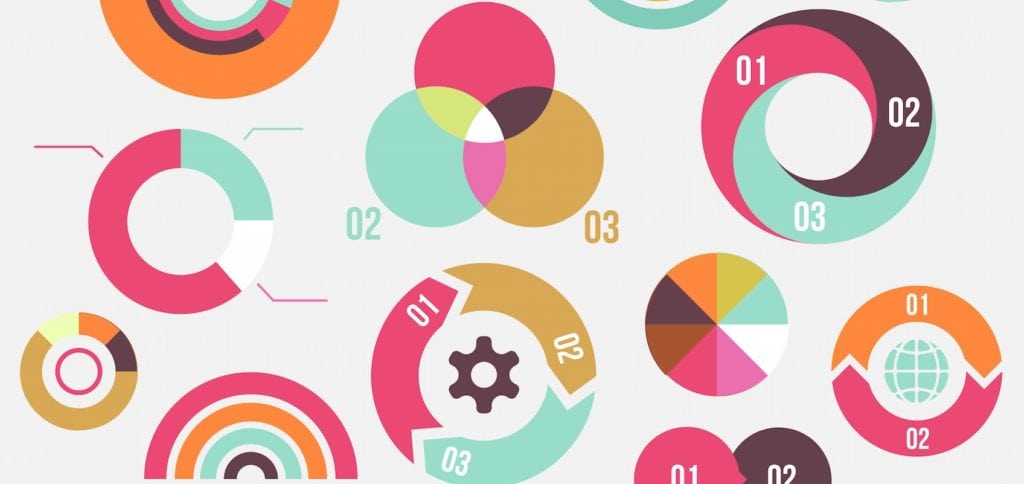Before You Create an Infographic: 4 Preparatory Steps
August 30, 2016
An infographic can be a great way to share your story—provided it’s the right story for the medium. As we know, there’s no silver bullet when it comes to info-delivery methods. You might feel that you have an intuitive sense of what’s appropriate for an infographic, and you may be right. But it’s helpful to think it through more thoroughly, and you owe it to your brand to do so.
In the PR News Visual Storytelling Guidebook, Vicky Hastings of Maxwell PR + Engagement lays out several of the steps she deems essential for ending up with a quality infographic that is shareable and engaging. Excerpted here, these are the preliminary steps you should walk through before going ahead with the project:
Determine if your subject is worthy
Not all information can be communicated visually. In determining how your information can—and if it should—be shared in an infographic, use these guidelines:
- Is it a topic your target audience cares about and is searching for?
- Are the statistics surprising?
- Does it tell a story?
- Can you visualize the main themes?
Be Clear on What You’re Trying to Accomplish and Why
As with any project, you need a purpose. Here are good reasons for producing an infographic:
- To simplify complex survey findings or data points
- To showcase insights and demonstrate expertise
- To tell a story in less space than it would take to do so in text
- To create content for social channels that is easily understood and shareable
Select Recent Info that Tells a Cohesive Story
If you are illustrating survey results, you’re in luck, as the data likely already supports a theme. But if you are collecting facts to demonstrate expertise or shape a story via consumer insights, there is a great deal of information online, so be selective. Always make sure to source your data—and that it’s not more than 12 months old.
Look for Patterns That Can Be Grouped Under Themes
First, apply a critical eye and cast aside random, unrelated data. When you’re satisfied you’ve got the right information, group together similar facts in a cluster to start identifying themes and potential takeaways. This works especially well when you can uncover a trend or generate an “aha.”
Follow Ian on Twitter: @ianwright0101
By: Ian Wright, PR News


